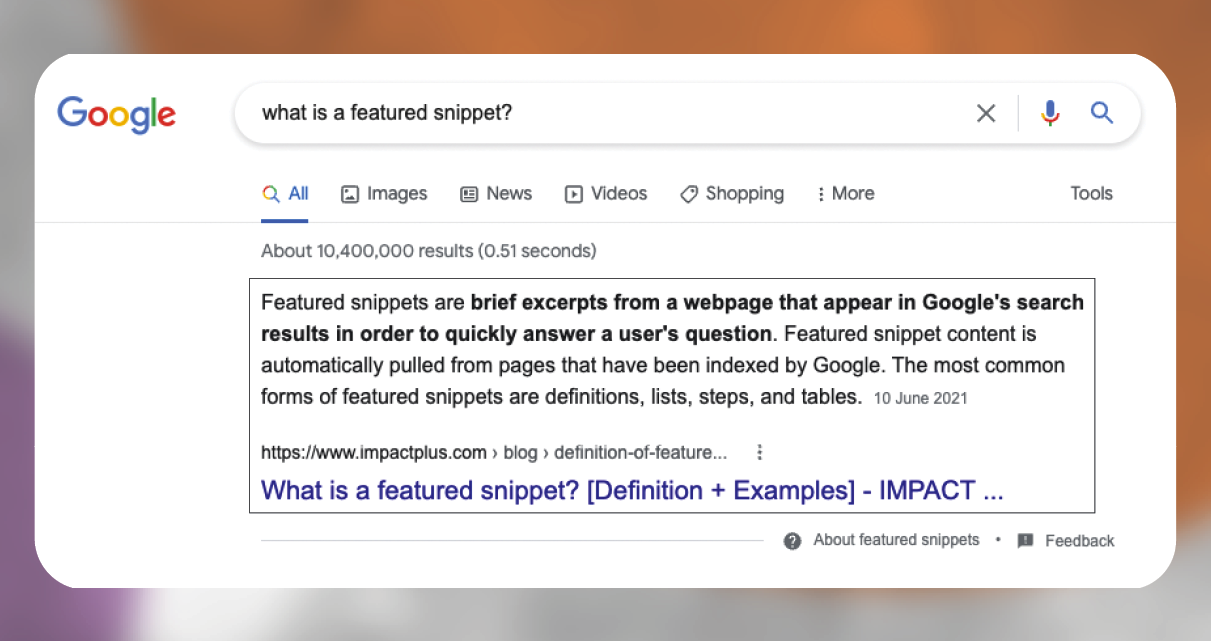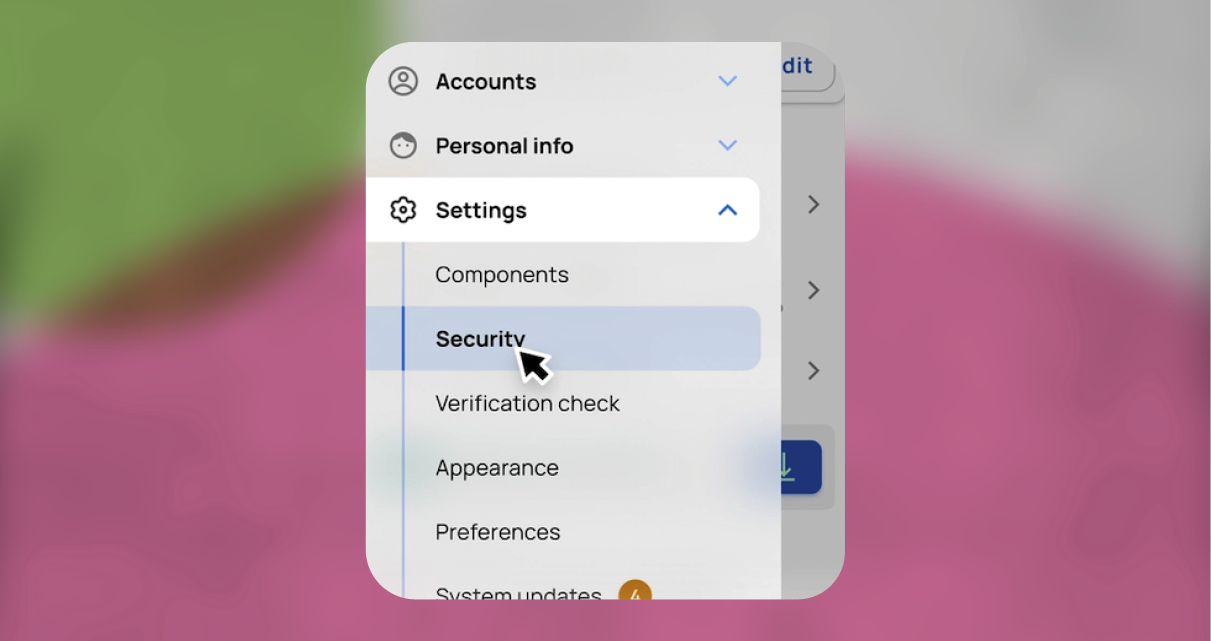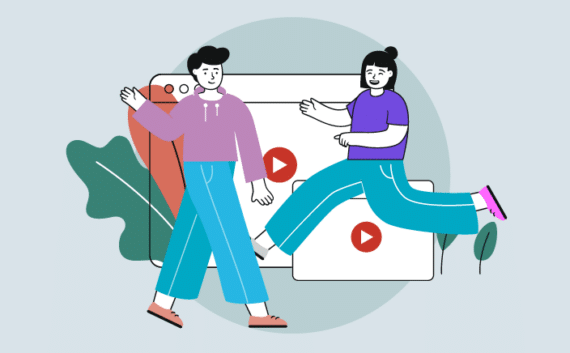
The idea that Google — the search engine we all still refer to when discussing SEO — values tabbed content differently to immediately visible content has long been popular among many in the industry, but is that the case? There have always been two relatively even sides to this debate, with one saying that Google indexes it just the same as normal content and the other saying that if it isn’t immediately visible to users, it won’t be indexed.
It’s important to point out that tabbed content isn’t ‘hidden’ content, which is content that’s deliberately hidden from users but is intended to be accessible to search engines. That’s ‘black hat SEO’ and, essentially, a big no-no when it comes to optimising a website. This ensures you run the very real risk of getting a Google penalty. Devastating your rankings and extremely difficult to recover from. You really don’t want one of these.
Content behind tabs isn’t technically ‘hidden’, because while it isn’t immediately visible to users, they can still access and see it, unlike content that’s only accessible to search engines. Tabbed content can be delivered in several ways, for example, behind a visible signal, like a ‘Read more’ tab, or it can take the form of the traditional accordion section with clickable, drop-down sections that reveal the content beneath.
Why use tabbed content?
Tabbed sections (including ‘Read more’ content) are a great way of dividing content into subsections to minimise the need for additional pages and, when used well, is an intuitive and highly effective way of enabling users to access the information they’re looking for. It’s also an excellent way to deliver comprehensive information on a subject without excessive amounts of content that hinders the user experience. So, there are a few reasons to use tabbed sections:
- The page features comprehensive information and tabs make the content easier to digest
- It’s a Frequently Asked Questions (FAQ) page and tabs deliver a superior user experience
- The content isn’t something that everyone who visits the page needs to see.
In the mobile-first indexing world that was ushered in a few years ago, the use of tabbed content has taken on greater importance because more users are searching for information on mobile devices with smaller screens and that’s made large blocks of text (and pages with comprehensive information) problematic for the user experience. That means implementing tabbed content can deliver user experience benefits by making your content better structured and more accessible — provided that users can find it in search results.
But.. does it rank?
But the big question is — now that you’ve created all the keyword-optimised content that should see your ranking skyrocket, will Google index it and give it the search engine visibility and ranking boost you know it deserves? The answer to that question is ‘yes’, and, in fact, Google has been saying as much since as far back as 2013 and as recently as 2020, with John Mueller affirming that content hidden behind tabbed sections is fine.
“Specifically when it comes to content on mobile pages we do take into account anything that’s in the HTML. So if there’s something there that might be visible to users at some point we will include that… so that’s completely normal.”
While search engines treat content hidden behind tabs, drop-downs and ‘Read more’ sections the same as content that’s visible as standard, what about users? That’s where things get tricky due to the weight Google is increasingly placing on the user experience that websites appearing in its search results deliver.
For example, let’s say a user searches for a search term on Google, clicks through to the page from results but can’t immediately find the information they’re looking for because it’s hidden behind a tabbed section. That wouldn’t be seen as a positive user experience and the page could be down-weighted in search results as a result. So, regarding the user experience, consider the following when deciding whether content should be hidden:
- Would users expect to see the information immediately when they land on the page?
- Would hiding the information affect a key aspect of the user journey, like a purchase?
- Would hiding the content impede the positive user experience the page would otherwise deliver?
What about rich snippets?
The issue to take into account when choosing whether to tab or not to tab is whether you have your sights set on appearing for a Rich Snippet — including How-tos, Videos, FAQs and more — in search results. While your content is getting indexed and will rank, delivering greater visibility for your pages and site as a whole, it may not be shown as a Rich Snippet. This is because Google tries “to separate that out because if we show something in the snippet, it feels like we’re really promising the user that they’ll see this when they visit that page. So if we know that this is hidden by default then we won’t show it in the snippet,” said John Mueller in a Google Webmaster Hangout.

However, you should also weigh up whether having your top FAQs listed and answered in Google search results fits in with your intended customer journey. After all, when potential clients and customers can have their questions answered in search results without a single click to your website you have to be sure that the content you’re sharing couldn’t be better delivered via a click through to that webpage. Especially with Google’s new exact-text highlight feature, which takes users directly to the relevant section on your website with their query text highlighted.
But, on the other hand, if there are greater benefits for your business by answering questions directly in search results — such as putting your brand in front of more potential clients, to increase brand awareness, and building trust through informative content answering their queries — then perhaps that’s the route you should take.
At the end of the day, using features such as ‘Read more’, tabs and accordion sections to structure your content delivers a wealth of benefits, most importantly, delivering better user experiences that build a stronger brand. And while it gets indexed and ranks in search results just as well as content that’s immediately visible to viewers, you need to consider whether that content could be better served in a format that makes it eligible for a Rich Snippet.

Whether you need help with content creation, planning, optimisation or any other aspect of your Search Engine Optimisation (SEO) strategy and deliverables in 2021 and beyond, NOUS can help. Give the team a call on (07) 3003 0722 or email [email protected] to chat about your SEO and digital marketing goals today.





